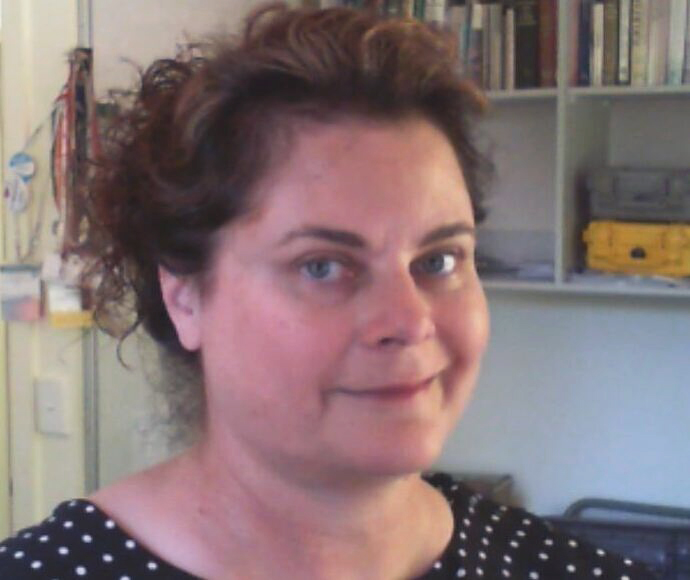Megan McNellie: Data analysis expert pursuing environmental outcomes
Dr Megan McNellie is an expert in using computer models to analyse data. She trains models to analyse vegetation data to help understand where vegetation could be protected for better biodiversity outcomes. We sat down with her to learn about her background and research interests.

Tell us about your role
As a research scientist my focus is answering questions for government policy and programs, to help make better decisions. Recently I've been working to understand the locations of different vegetation types and how healthy they are. I do this using computer models to analyse the data.
What does a regular day look like?
A lot of time on my computer I spend a lot of my time managing, analysing and re-analysing data. I also write papers and make sure I'm across other research that's going on that could be useful to the department and New South Wales.
What sparked your interest in science?
Since as long as I can remember I wanted to be a biologist. And, I'm happy to say, it's been an extremely interesting area to work in.
Why am I so interested in plants? I remember when I started my undergraduate degree in marine biology we went out on a trawler, and frankly, I found it pretty awful. There were dead fish everywhere. The next week, we went to the rainforest, and we collected leaves… I realised I could choose botany and not marine biology. So that's what I did and finished my undergraduate in botany. I did my honours in botany and I've just finished my PhD modelling plant data.
"It's a real privilege to be a scientist for the government because research results have direct application. Communicating results, in a way that helps people understand why and how you're doing what you're doing, is really important."
C'mon, share a fun fact about you
I won the primary school Pet Show with a 'pet' caterpillar… that I found the morning of the show.
What's your favourite thing about working with the department?
I feel supported to pursue ideas and research questions that help make evidence- informed decisions to support what the NSW Government needs to know. Knowing how to identify plants and recording which plants grow where is a massive investment in information. These observations are the 'point of truth' upon which many vegetation models are built. One of my favourite things is to work out how we can use this 'known information' to fill in the gaps where we are unsure.
What problem are you trying to solve right now?
A key priority for the department is understanding the diversity of our environment; the plants and animals.
I use artificial neural networks. These are a series of algorithms used to recognise underlying relationships in a set of data. Ecology – the interactions between plants and animals and the environment is really complex. So, the neural networks learn patterns in data. I use neural networks to predict vegetation in 'good condition' across the landscape using information like rainfall, temperature, slope, land use so that the neural networks end up predicting across a larger area where there's potentially better vegetation condition.
This kind of technology can be combined with other technologies like remote sensing. An example of how it can be used is to find areas with more potential to be in good condition. This helps government agencies understand which areas should be restored or protected and helps landholders know where they could undertake private land conservation.
Tell us about an interesting project you've worked on recently
With all the work I do I need to make sure the data are fit-for-purpose. This led to a great project I was doing with my colleagues in Conservation and Restoration Science.
We developed a new way to estimate the leaf area of a plant, which improved the accuracy of the data. As a result, our work has shaped the way people use plant data. This has led to better decisions for biodiversity and conservation.
What is the benefit of working with research partners?
The people. Working with inspiring people and discovering different perspectives.
I really enjoy working in partnerships with people who are enthusiastic about their work and are creative and open-minded to new ideas.
Are you currently looking for research partners?
Yes, all the time. I'm always keen to see if we can join different ideas together and come up with a better idea.
Right now, I'm working with partners from Queensland and The Australian National University creating a new project that will employ a postdoctoral researcher, starting early 2023. This is an exciting opportunity to open up a new way of doing research that's relevant to the department and New South Wales.
Find out more
- Paper in Global Change Biology: Reference state and benchmark concepts for better biodiversity conservation in contemporary ecosystemsopens a new window
- Paper in Applied Vegetation Science: Species abundance distributions should underpin ordinal cover-abundance transformationsopens a new window
- ANU profile on Meganopens a new window
- Megan's LinkedIn profileopens a new window